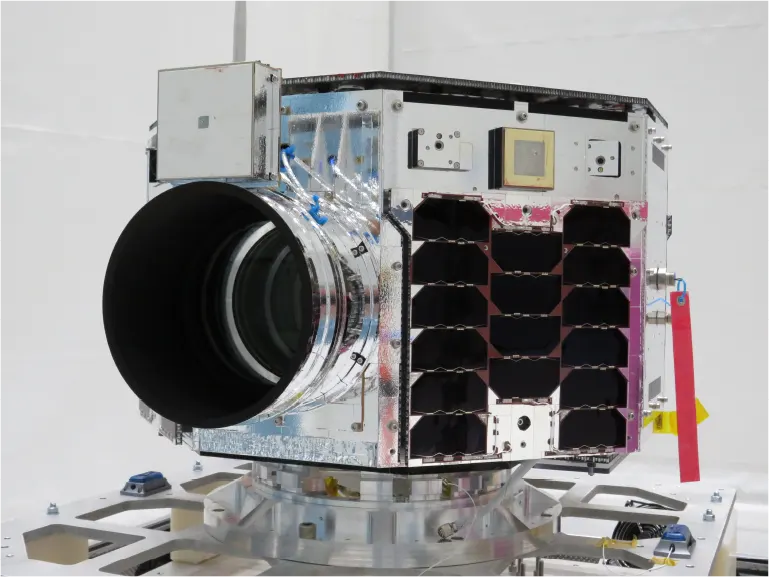SPACE FLIGHT LABORATORY
25 Years of
Microspace Achievements
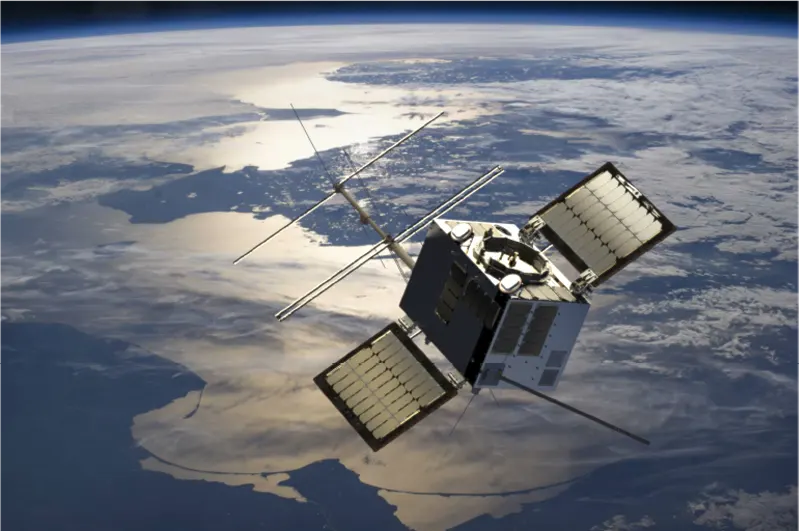
Pushing the Performance Envelope
with Smaller Satellites
The Space Flight Laboratory (SFL) was established in 1998 at the University of Toronto Institute for Aerospace Studies (UTIAS). What SFL has accomplished in the past 27 years is nothing short of remarkable – 84 distinct micro- and nano-class satellites with more than 368 years of cumulative on-orbit operation, and 25 currently under development or awaiting launch. By carefully controlling costs and advancing technology through innovation, SFL removes barriers for government, research and commercial entities to provide valuable services worldwide.Driven by the goal of enabling smaller satellites to cost-effectively perform the same applications as larger, more traditional satellites, SFL has developed missions for space astronomy, Earth observation, radio frequency communications, ship tracking and environmental monitoring. In bringing these missions to fruition, SFL has achieved microspace breakthroughs in advanced attitude control, autonomous formation flight, modular power systems, and other key technologies.
SFL’s long list of accomplishments is even more extraordinary given the fact it was created at UTIAS to build just a single satellite – the Canadian MOST (Microvariability and Oscillations of STars) space telescope. The 57-kilogram MOST satellite, Canada’s first space telescope, was launched in June 2003 and operated successfully for 15 years, despite having been designed for a one-year mission. Featuring ground-breaking attitude control and pointing precision required for space astronomy, the MOST space astronomy satellite has made an overwhelming impact through scientific discoveries related to solar-type stars and exoplanets.
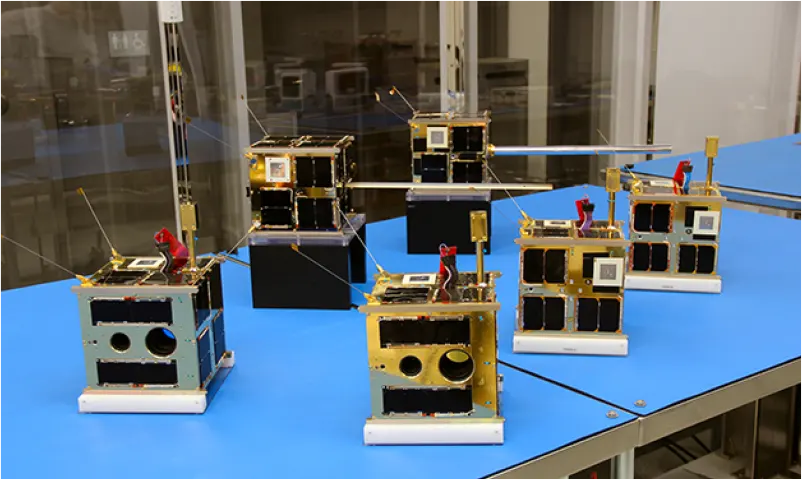
Following the successful launch and operation of MOST in 2003, it became clear that SFL had broken a crucial performance barrier in microsatellite utility. Rather than let the SFL legacy end there, Dr. Robert E. Zee, the UTIAS manager for MOST, now SFL Director, pursued additional challenges and began transforming SFL into the business it is today.
SFL is a pioneer in expanding the operational use of smaller satellites by overcoming technical hurdles. To help with stability, SFL developed attitude control software and hardware to keep smaller platforms steady, while innovative pointing and pointing knowledge supports target tracking for a variety of applications.
The University of Vienna was the first to fund the Laboratory for an ambitious space astronomy constellation called BRITE (BRIght Target Explorer), and was later joined by the governments of Austria, Poland and Canada. Defence Research and Development Canada (Ottawa) also stepped forward to fund the initial CanX series of nanosatellites, of which two became the first satellites of their size to achieve sub-meter accurate autonomous formation flight.
Over the years, SFL has enjoyed incredible success with a wide variety of missions. Each satellite represents a technological advance in the field by breaking barriers relative to what small satellites can do. Here are a few examples:
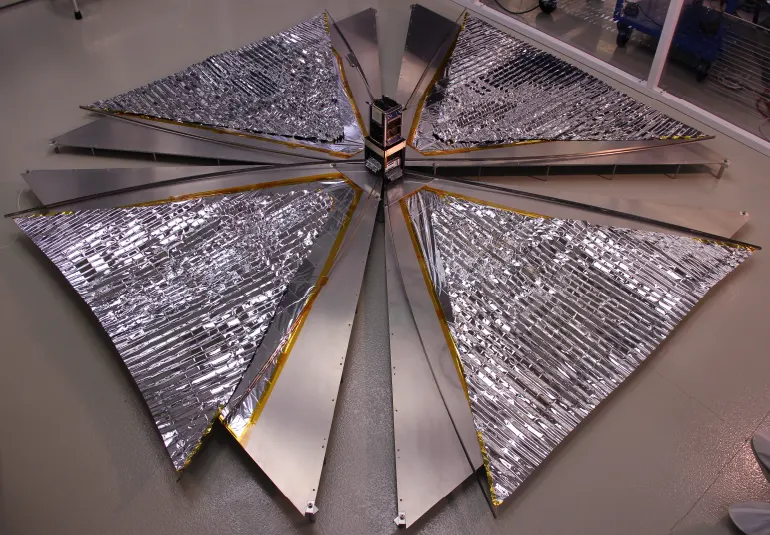
- CanX-2, launched in April 2008, is Canada’s smallest operational satellite and the country’s first operational CubeSat – roughly the size of a milk carton. Its technologies push the state of the art in low-power, miniature satellite components. It is also among the smallest scientific satellites in the world to first feature three-axis attitude stabilization.
- Nanosatellite Tracking of Ships (NTS), a 6.5-kilogram satellite also known as CanX-6, was launched together with CanX-2 in April 2008 to demonstrate leading-edge ship detection using AIS (Automatic Identification System) technology from space for the first time. NTS was developed on an incredibly fast timeline of only six (6) months, a first for a satellite of this class in Canada and perhaps the world. The success of NTS secured a major investment to start a new ship tracking company.
- SFL launched a second ship detection satellite, AISSat-1, in July 2010 for the government of Norway. AISSat-1 is operating successfully in orbit along with an additional satellite, AISSat-2, also developed by SFL and launched in 2014. AISSat-3 was also built by SFL as a follow-on to the two highly successful satellites.
- A collection of six space astronomy nanosatellites, the BRITE Constellation, was launched for three countries, Austria, Poland and Canada, in 2013 and 2014, each 7-kg satellite with better than 1 arcminute pointing accuracy.
- CanX-4&5, launched in 2014, are formation-flying nanosatellites developed by SFL to demonstrate precise, autonomous formation flying. They completed their highly successful mission ahead of schedule and brought low-cost formation technology to the commercial applications market.
- The maritime monitoring nanosatellite EV9, launched in 2015, incorporates high-performance ground target tracking, a next generation Automatic Identification System (AIS) receiver for high ship-detection rates, and a high speed downlink transmitter for high data volume transfers.
- As a follow-on to NTS, SFL contributed the attitude control system, command and data handling system, and power system to the Canadian Maritime Monitoring and Messaging Microsatellite (M3MSat), launched in 2016.
- CanX-7 launched in 2016. The satellite successfully completed a seven-month aircraft tracking campaign (first in North America) before deploying its drag sails in May 2017 to demonstrate drag-sail based deorbiting. Canada’s first drag sail technology is now space proven and available to assist with orbital debris mitigation when needed.
- GHGSat-D launched in 2016, the first high-resolution microsatellite designed to measure greenhouse gas emissions from point sources, such as industrial facilities and power plants.
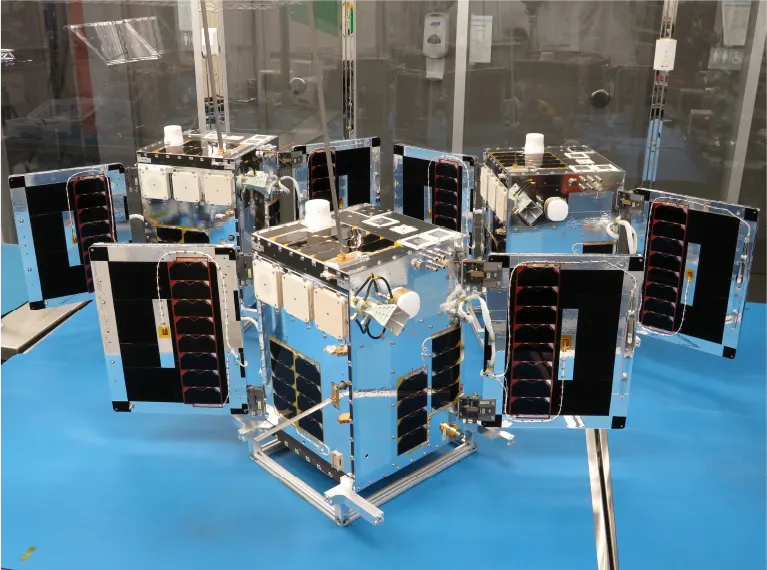
- Norway’s scientific satellites NorSat-1 and NorSat-2 were launched in 2017. NorSat-1, Norway’s first scientific satellite, carries three payloads: an Automatic Identification System (AIS), a Langmuir Probe, and a Compact Lightweight Absolute Radiometer (CLARA). NorSat-2 carries an AIS and a VHF data exchange payload with a first-of-its-kind deployable Yagi antenna developed by SFL. NorSat-3 launched in 2021 carrying an AIS and a Navigation Radar Detector (NRD) for non-cooperative ship detection.
- SFL developed LEO 2, a Ka-band communications satellite, as a pathfinder for a major commercial communications constellation.
- SFL is the developer of Slovenia’s first satellite, the NEMO High Definition (NEMO-HD) mission for SPACE-SI, a Slovenian Center of Excellence. Launched in 2020, the highly successful NEMO-HD is a 72-kg multispectral imaging and video mission with resolution down to 2.8 m.
- GHGSat Constellation is a commercial constellation of high-resolution methane monitoring microsatellites that each includes enabling attitude control technology developed by SFL. GHGSat-C1 launched in 2020, GHGSat-C2 in 2021, and GHGSat-C3, C4, and C5 in 2022. The most recent three satellites carry a new X-Band spacecraft communication system that increases data download speed tenfold.
- The SFL-developed HawkEye 360 Pathfinder satellites, launched in 2018, are the first three formation-flying microsatellites to collect radio frequency (RF) data for first-of-its-kind RF-based analytics. Clusters 2 and 3 launched in 2021. In 2022 the successful on-orbit commissioning of Clusters 4 and 5 brought the number of microsatellites built by SFL and now operational in orbit to 15.
- Kepler Communications’ Generation 1 operational satellite constellation for high-performance communication services, consisting of 16 satellites so far, was launched from late 2020 to early 2022 based on SFL’s high-performance 6U-XL CubeSat platform.
- DMSAT-1, the first aerosol and greenhouse gas monitoring microsatellite launched in 2021 for the Dubai Municipality, carries a multispectral polarimeter and a pair of spectrometers.
SFL platforms support missions from 3 to 500 kilograms. All platform classes – THUNDER, SPARTAN, JAEGER, NEMO, DEFIANT, NAUTILUS and DAUNTLESS – leverage the same core technologies and hence the same on-orbit heritage. SFL offers complete mission services from concept to launch to on-orbit operation.
With an impressive line-up of satellites in space and under construction, SFL has secured its legacy among the leading developers of smaller satellite technologies. We are recognized internationally for ultra-low cost, yet high-performance missions. By successfully exploiting the latest commercial technologies in space, we enable bigger returns from smaller satellites. The history of SFL is a chronicle of microspace achievements that push the performance envelope to expand small satellite capabilities.
SFL currently has more than 26 spacecraft under development at our Toronto headquarters or at client facilities under our Flex Production program.
